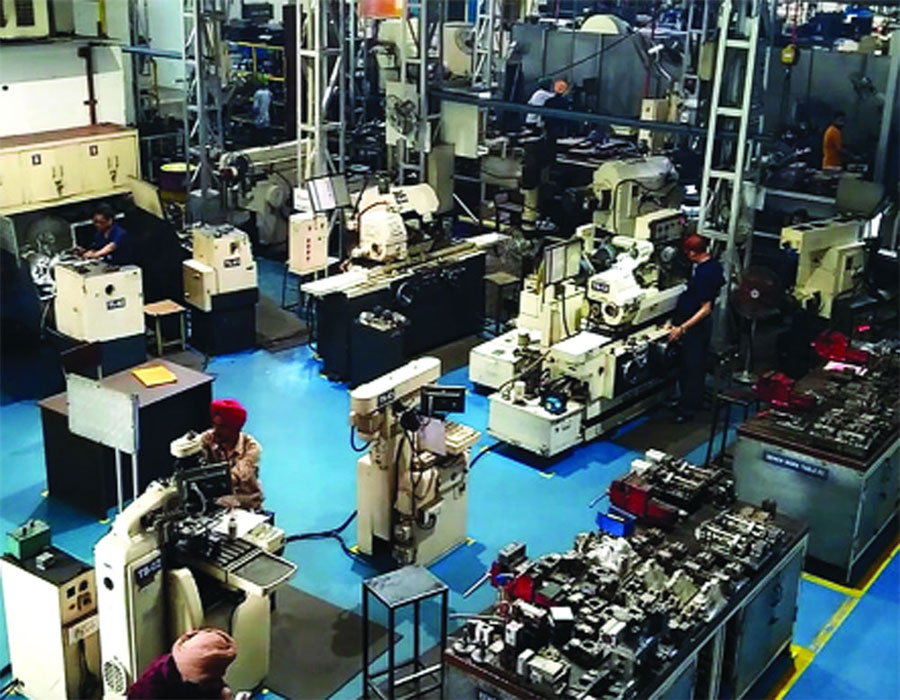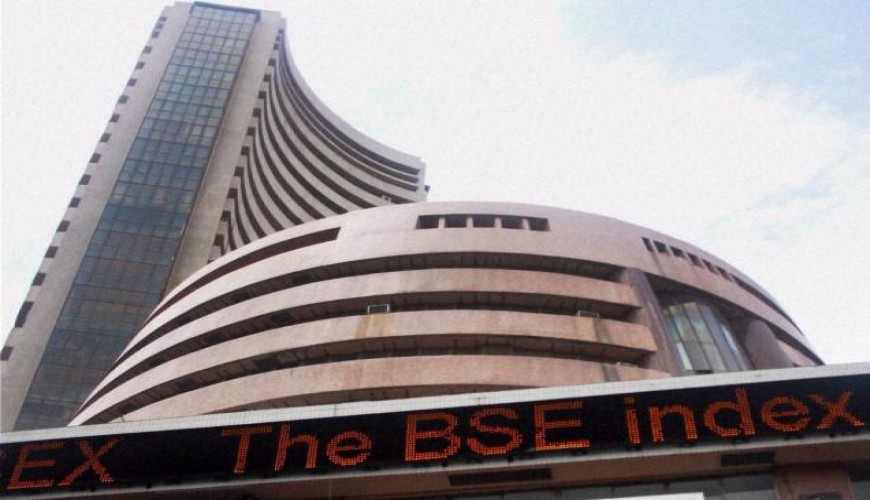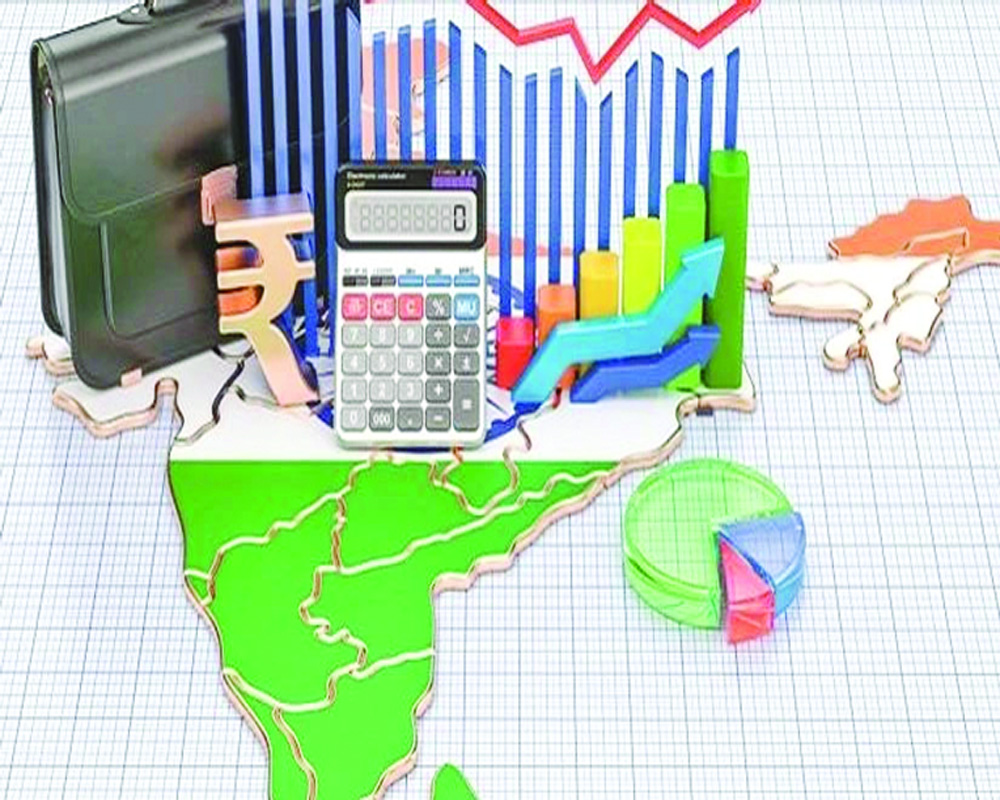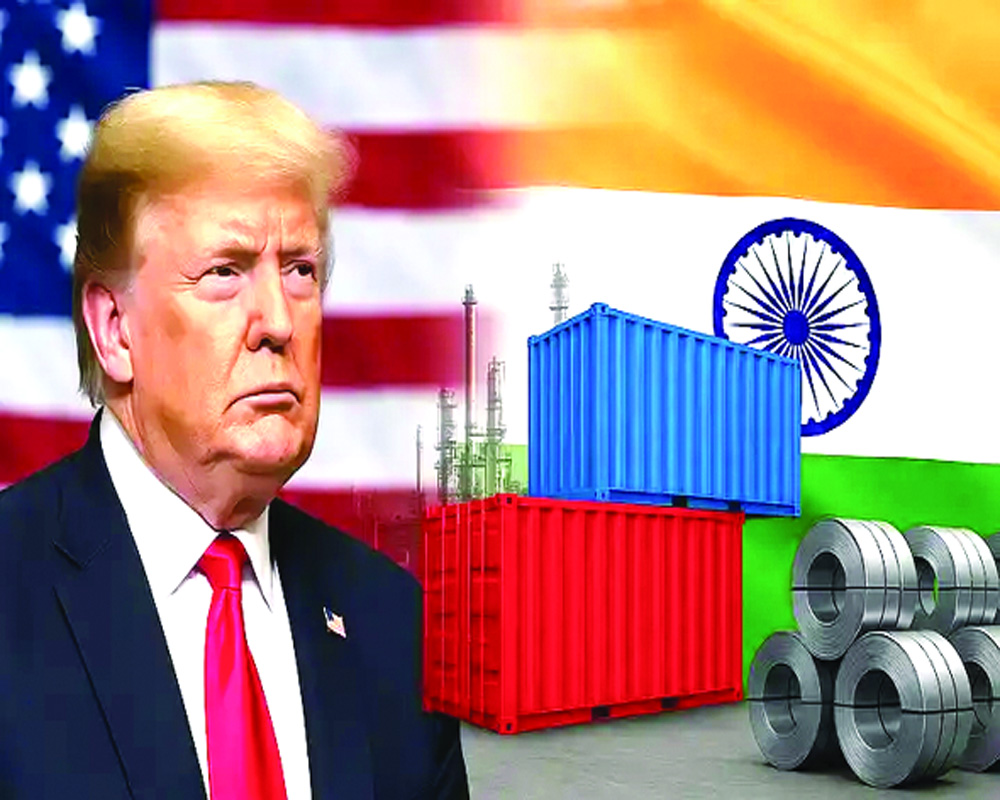If we want to develop the ‘Made in India’ brand and compete globally, we have to upgrade all systems of manufacturing and services
Knowledge is the key to success. This has been proved time and again by the achievements of start-ups. In almost all fields, new businesses have not only challenged market leaders but also undercut them. Unicorns like Paytm, PhonePe, Flipkart, Netmeds, MakeMyTrip, OYO did not create a new market but rearranged the existing one and became leaders. A similar approach is needed in the manufacturing sector if we are keen to take on the world and are dreaming of becoming a $5 trillion economy.
The Micro, Small and Medium Enterprises (MSME) sector is key to the Indian economy as it is one of the biggest job generators. It has also created resilience to withstand global economic shocks and turmoil. With around 63.4 million units throughout India, MSMEs contribute to around 6.11 per cent of the manufacturing Gross Domestic Product (GDP) and 24.63 per cent of the GDP from service activities, as well as 33.4 per cent of the manufacturing output. Their export share is 40 per cent. The MSME sector is the second-largest employer after agriculture, giving jobs to more than 120 million people in rural areas. MSMEs are now contributing close to 15 per cent to the overall GDP of India.
If the Government wants to support MSMEs and equip them to meet global standards — as in the current scenario we are not only working to “Make in India” but also trying to “Make for the World” — we need to upgrade them in all aspects: Infrastructure, technology, manpower and capital. Plus, in addition to financial and logistics support, MSMEs need information technology (IT) support to upgrade themselves. They can be carriers of knowledge and experience and create a repository for others.
To match international standards and compete globally, upgraded IT infrastructure is needed for MSMEs and if the same is provided by the Government free or at reduced costs, then it will take a huge financial and operational burden off small entities.
In the current scenario, skilled manpower will be a challenge for MSMEs and with shared IT support, they can reduce their dependence on internal staff. Another big challenge in front of MSMEs will be limited budgets for upgradation of their existing IT infrastructure and affordability of operating costs. The requirement of research and development in MSMEs is different from that of big industries as they need cost and resource efficient solutions. MSMEs need continuous upgradation to compete globally and benchmarking is required so that they can produce world-class goods. Big industry players, who are cash-rich, always upgrade by deploying huge capital and beat small competitors like MSMEs.
By introducing shared IT infrastructure from the Government’s side, MSMEs can save on capital expenditure and operating costs, giving them better profitability. Owing to the nature of their business and size, most MSMEs don’t use a high level of IT support and lack badly in IT infrastructure. As these are promoter/owner-driven and focus more on their core job, their investment in core job IT and research is always lacking.
For example, a small auto-component manufacturer requires designing software to improvise designs or to reduce cost. New software could cost the business Rs 5-8 lakh, which is unaffordable for most. By using shared IT services, the manufacturer can improve the design, control quality and deliver a better product under stringent cost control. Such a requirement can be very diverse, starting from basic software, communication or meeting tools to highly-advanced Enterprise Resource Planning (ERP) solutions. It can be designed or categorised based on the requirement level or reach and can be priced accordingly. The biggest strength of MSMEs is their agility and ease of response to change as per the client’s requirement. If the same is supported by IT and other high technology, they can be a double engine of growth for India.
This can be designed on a PPP model and create employment for service providers too. Post the pandemic, the Government is budgeting huge growth in the MSME sector and planning multiple packages for them. IT is a consistent requirement and always looking for upgradation. Hence if the Government can provide IT infrastructure resources at a nominal fee or free of cost, then it will be a huge saving for MSMEs. On the other hand, due to the bulk purchase of such services, their total outgo will be considerably lower as compared to individual purchase.
If we want to develop the “Made in India” brand as a global signature and beat competition around the world, we have to upgrade all systems of manufacturing and service. This can only be done after improving the IT infrastructure. This one-point cost will save and support millions who are looking to grow and make India a manufacturing and services hub.
(The writer is Associate Professor, Atal Bihari Vajpayee School of Management and Entrepreneurship, JNU)








 OpinionExpress.In
OpinionExpress.In















Comments (0)